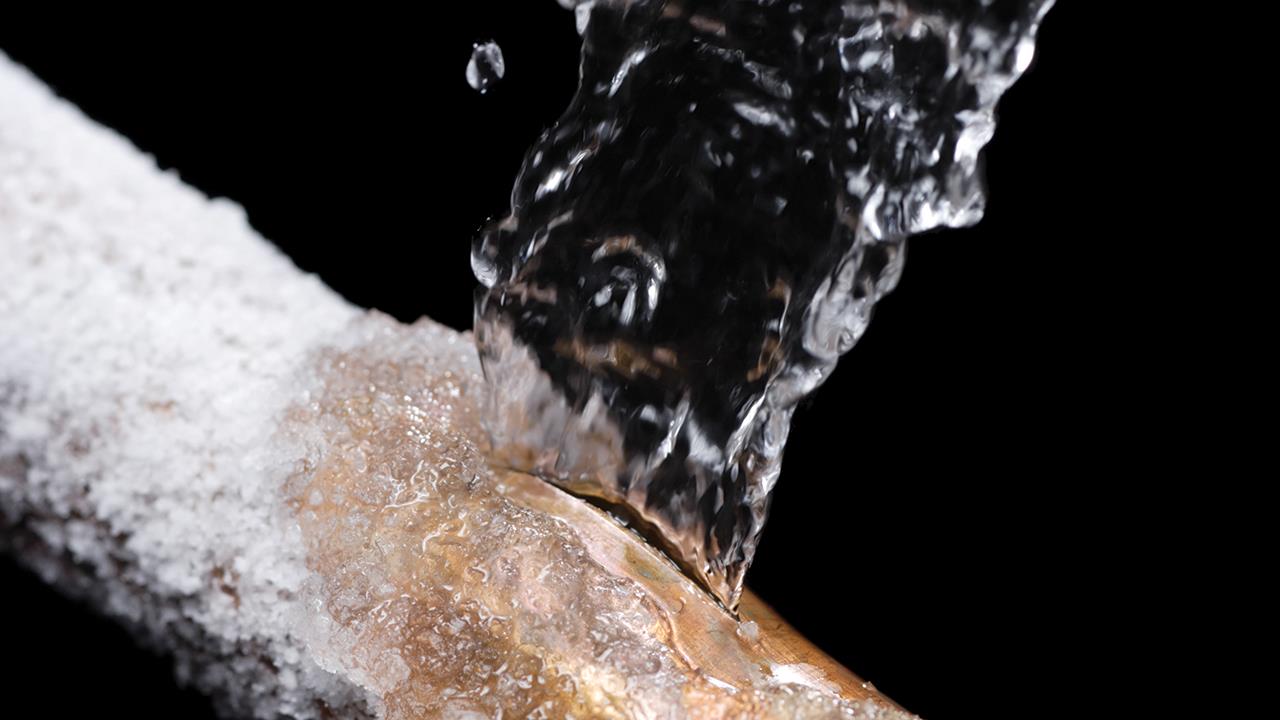

As boilers around the UK fire up this autumn, there will be unease as consumers consider how to maintain a reasonably comfortable temperature in their homes while reducing energy use to keep costs down.
The natural thing to do for many people will be to reduce room temperatures by a degree or two, while keeping the central heating running, by adjusting the thermostat, or by turning TRVs down. Some consumers will change their heating schedule too, so that heating switches on for less time in a given period. Others will not use their central heating at all, and instead heat individual rooms using alternative methods, such as electric heaters.
However, switching the heating system off, as part of a revised schedule, for example, may expose external condensate piping, and pipes in lofts, garages, or basements, to potentially damaging freezing temperatures. This could, therefore, present a false economy, as the action taken to save money on heating bills may result in additional costs if uninsulated pipes freeze.
The key to reducing heating system failure due to frozen condensate pipes is to ensure that the installation is in line with manufacturers’ instructions and HHIC guidance for pipe insulation, and the best person to advise on this is the heating engineer.
Protecting condensate pipes
Given that most homeowners will not have used their boiler since spring, it is possible that their heating systems will not be adequately prepared for the winter in the first place.
Although UK winters are generally getting milder, there is still every possibility of severe cold spells with temperatures dropping well below zero, especially at night, causing uninsulated or incorrectly installed condensate discharge pipes to freeze and heating systems to fail. The increase in the number of condensing boilers installed in recent years means that condensate pipes freezing is likely to remain an issue.
It is for this reason that a preventative mindset should be adopted to ensure condensate piping is protected and ready for plummeting winter temperatures.
Installation best practice
Pipe routing and termination should, where possible, be made inside the home. Where pipes are external, they must be insulated and weather-proof. Under BS6798 for external condensate pipework, a minimum of 13mm thick insulation is required to protect against freezing for 32mm external pipes. Pipes that run through internal spaces that may drop below freezing should be treated in the same way as external pipes, in terms of insulation.
Guidance stipulates that pipe insulation should be well sealed to any external wall it exits, along with joints in the insulation itself, to ensure they are firmly held together. This is important for longevity of protection, since a well-secured insulation is less likely to come apart over time and expose the condensate pipe to extreme cold and wind chill.
Offering consumer advice
Many homeowners do not think too much about their heating system and preparing it for the coming winter. This is where installers and contractors can play a vital role to raise awareness of the importance of servicing and checking that the entire heating system, including condensate discharge piping, is ready for coming cold snaps.
A service or repair call is an ideal opportunity for professionals to inspect condensate pipes and talk to homeowners about pipe freeze risks. Consumers should be informed about the location of their condensate pipe run and why it may freeze, offered advice on what can be done to mitigate the risk; principally by keeping heating on – at least very low – and properly insulating pipes.
The HHIC’s consumer guide on how to manage frozen condensate pipes is a valuable resource to installers, contractors, and consumers alike, as an effective means of both highlighting freeze risks and recommending solutions.
Safely unfreezing condensate pipes
The point of servicing or installing a boiler is the ideal opportunity to make the homeowner aware of where the condensate pipe is located. In emergencies, before an engineer can attend, this will potentially enable them to unfreeze the pipe themselves, and reinstate heating and hot water.
In an emergency, it is best to advise homeowners with frozen piping to use warm, not boiling, water to defrost a frozen condensate pipe. This is not a long-term solution, and a site visit to assess and quote for practical remedial work or an upgrade is recommended.
HHIC guidance recommends marking the consumer’s external condensate pipe with a suitable tape or label. This will help highlight its function, especially where this may be less obvious, for example if it joins into a sink waste pipe internally before the combined pipe exits.
There is no doubt that this winter UK homes will be turning central heating temperatures down while looking for alternative ways to keep warm. In light of this, the issue of frozen condensate piping will perhaps be more prevalent than usual, especially if we see severe or prolonged freezing weather conditions.
Installers and contractors can play a crucial role in helping to mitigate frozen pipes by talking to consumers when they visit homes. Offering professional, practical, and safe advice to homeowners about how to prevent and manage frozen condensate pipes will help relieve pressure on services and keep heating systems running.
If you'd like to keep up-to-date with the latest developments in the heating and plumbing industry, why not subscribe to our weekly newsletters? Just click the button below and you can ensure all the latest industry news and new product information lands in your inbox every week.